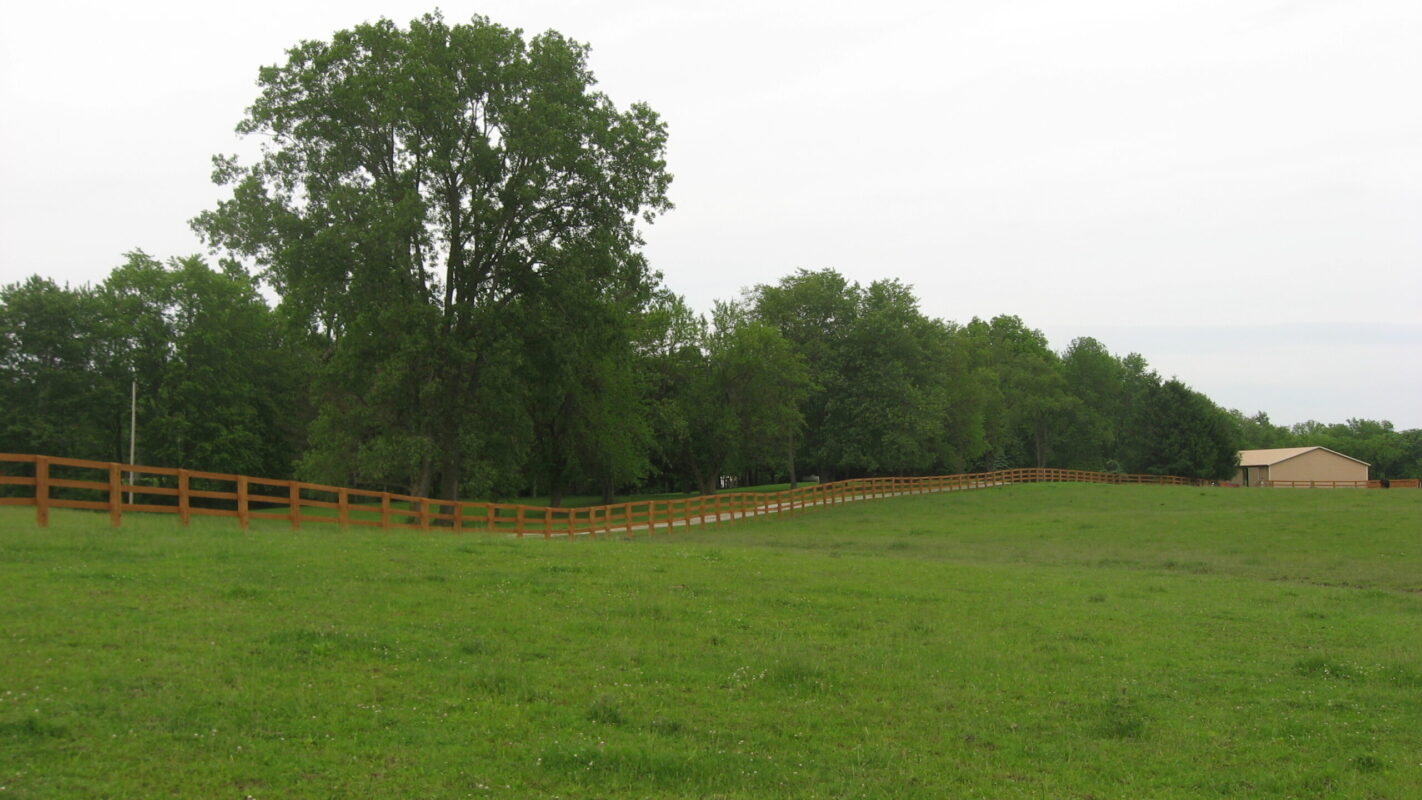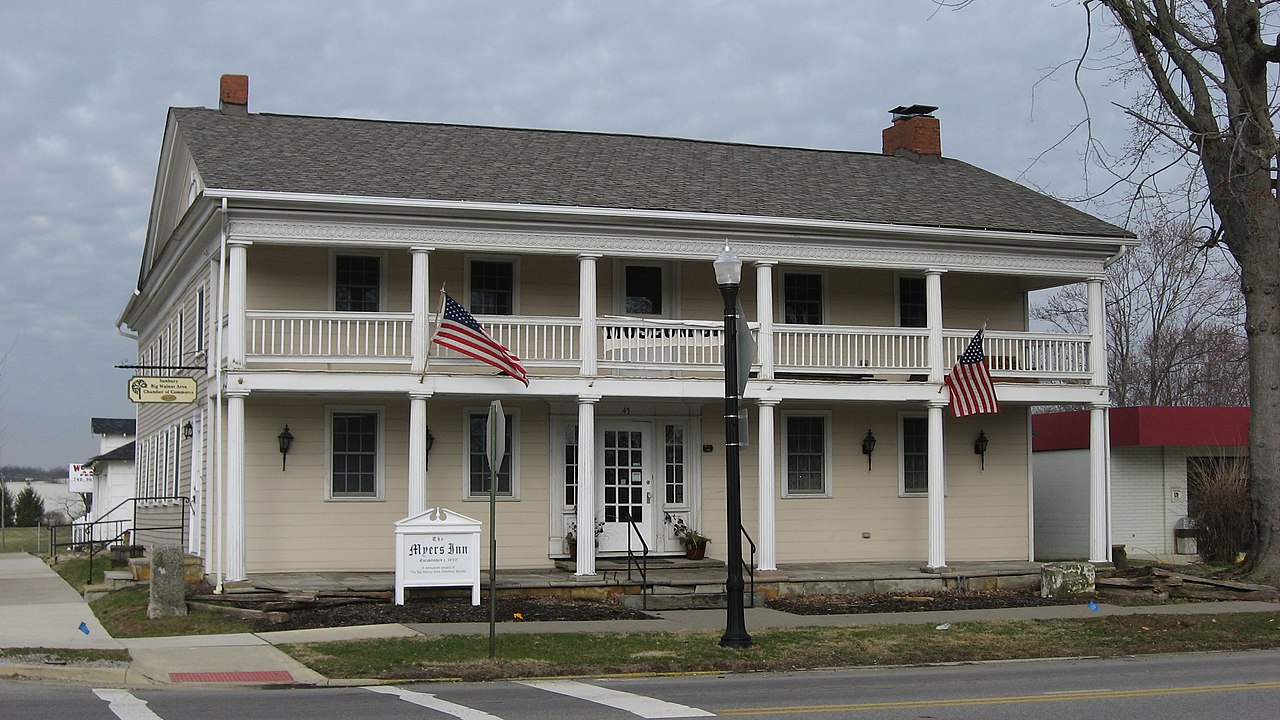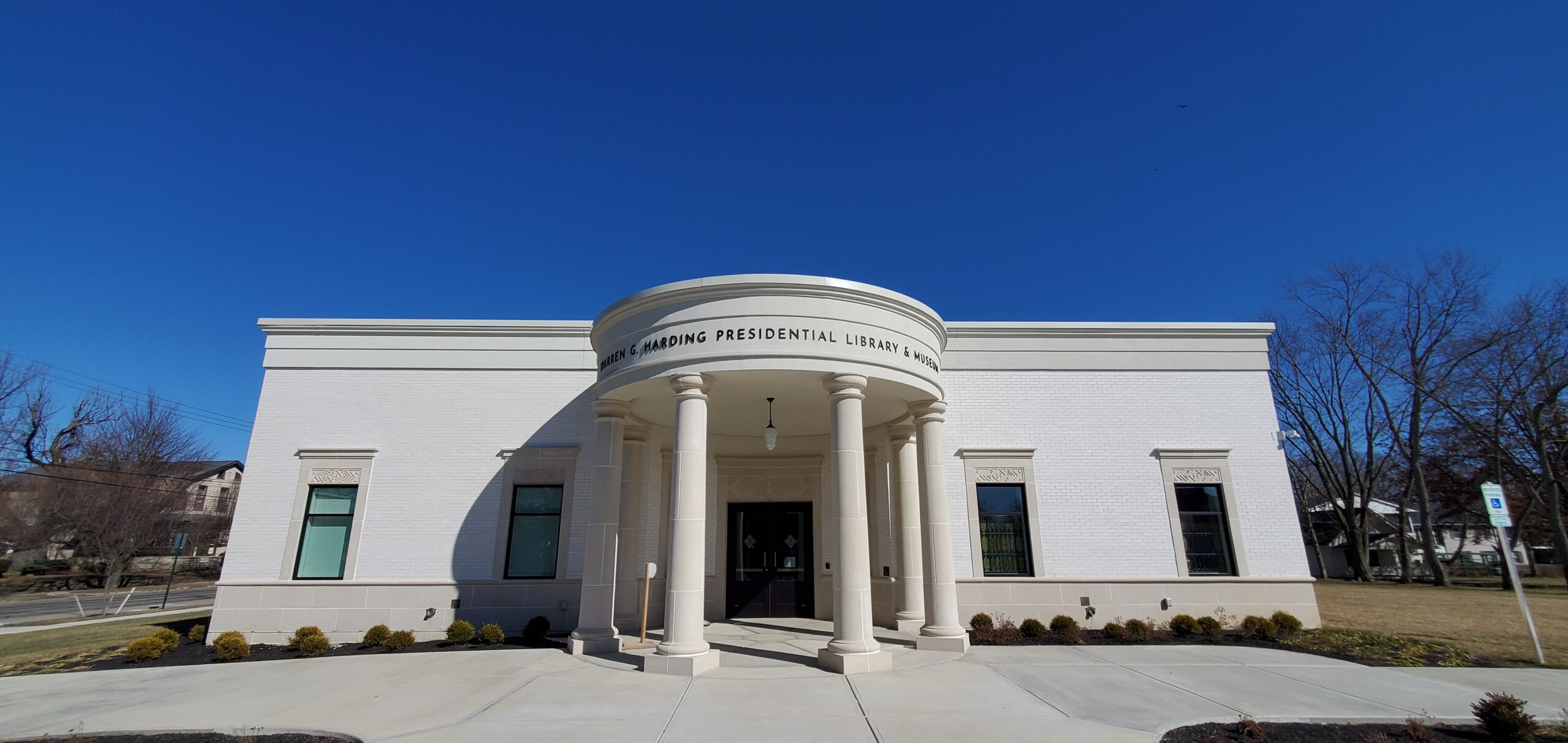By 1808Delaware
The name lives on in various ways.
Take, for instance, the Fort Morrow Fire District, whose 81 acres of coverage includes the village of Waldo.
Yes, we know that is not in the current Delaware County. That said, the area where the original Fort Morrow was constructed is now a bucolic landscape, while two hundred-plus years ago, it was a very busy place. It was originally located in Marlborough Township, Delaware County, which at the time was a relatively quiet part of the Ohio frontier. The area was transferred to Marion County in 1848.
Things changed with the War of 1812 and the need to move troops from places south up what became known as the Harrison Military Road, named after then General and later US President William Henry Harrison. Today the route largely follows US23 and SR423.
There were six forts along the Scioto and Olentangy Rivers heading north to Fort Meigs and Lake Erie, and Fort Morrow was the first of those. It was named for then-Senator Jeremiah Morrow. The site was already in use by the famous “Wyatt’s Tavern,” original a two story brick building that served troops making the trek north. There were two inns on the site in succession, the first dating to about 1809 and measuring 20 by 36 feet. Nathaniel Wyatt, the tavern’s owner, had arrived in 1806.
Soon the decision was made to surround the tavern with a stockade fence and fort, which included two blockhouses, and to use the tavern as a supply depot. The fence was six inches thick and six feet high. One of the blockhouses had a name plate which allegedly read, “Built by Captain Taylor,” although the identity of that person has been lost to history. The structures’ upper floor projected out four feet over the first story, and holes in the floor gave defenders the ability to more easily defend the fort.
After the War of 1812, the fort fell into disuse, and Wyatt’s Tavern closed about 1840, 16 years after Nathaniel’s death. A historic marker now stands near the site on Brundige Road near Waldo, and Wyatt’s Cemetery, which stands on a knoll overlooking the Olentangy River, contains 13 graves of unknown soldiers.










